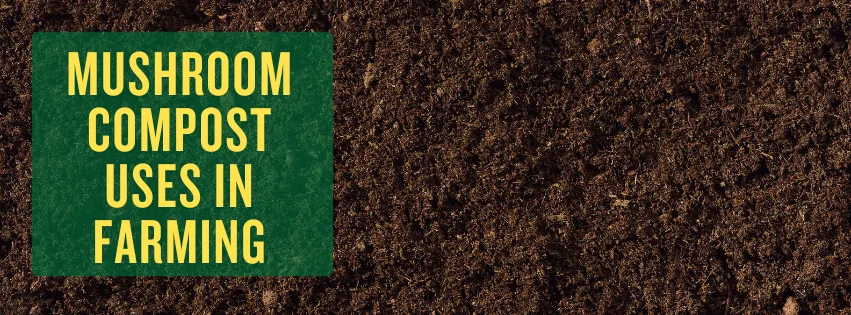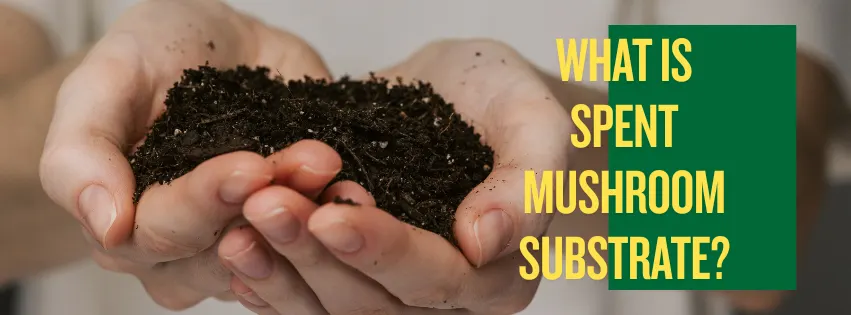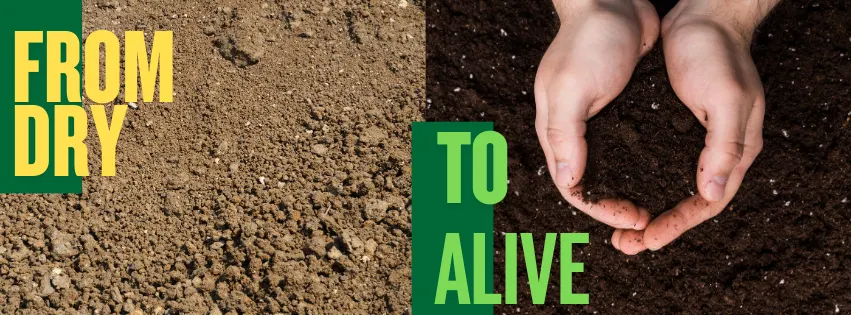
Sustainable Farming Practices
Mushroom compost, often referred to as mushroom soil or mushroom manure, is a type of slow-release organic fertilizer valued by both farmers and gardeners. Known for its nutrient richness and ability to improve soil structure, mushroom compost has become a staple in sustainable farming practices.
In this article, we’ll explore the different mushroom compost uses, its benefits, and practical tips for applying it to crops. From Indian farms growing rice and tomatoes to global vineyards and cereal fields, this compost is proving to be a powerful ally in agriculture.
What Is Mushroom Compost?
Mushroom compost is a byproduct of mushroom farming, made from organic materials such as straw, gypsum, and poultry manure. After mushroom harvest, the remaining substrate — called spent mushroom compost (SMC) — is collected, matured, and used as a soil amendment.
By recycling agricultural waste into a nutrient-rich compost, this process reduces landfill burden and transforms waste into a valuable resource for soil regeneration.
Benefits of Mushroom Compost
1. Nutrient-Rich Fertilizer
Provides nitrogen, phosphorus, and potassium in slow-release form.
Supports plant growth from root establishment to fruiting.
Reduces need for frequent fertilizer application → saves cost.
2. Improved Soil Structure
Enhances moisture retention in sandy soils.
Improves aeration in clay-heavy soils.
Reduces erosion and helps root penetration.
3. Enhanced Microbial Activity
Encourages beneficial microbes and fungi.
Supports nutrient cycling and disease resistance.
Builds a self-sustaining soil ecosystem.
4. Environmentally Friendly
Recycles farm waste into compost for crops.
Reduces chemical fertilizer dependency.
Supports sustainable and regenerative farming.
Common Mushroom Compost Uses in Farming
1. Soil Amendment
Incorporate into fields before sowing to enhance fertility and restore organic matter. Especially useful for vegetables, cereals, and pulses.
2. Mulching
Spread around plants to conserve moisture, suppress weeds, and regulate soil temperature. Over time, mulch decomposes and nourishes the soil.
3. Compost for Crops
Vegetables (tomato, chili, brinjal, cabbage): 2–3 tons per acre
Cereals (wheat, rice, maize): 1–2 tons per acre
Fruit trees (mango, guava, grapes): 5–10 kg per tree
Flowers/lawns: thin top-dress layer (1–2 cm)
This crop-wise application ensures balanced nutrition without overloading salts.
4. Land Restoration
Helps reclaim marginal lands by improving soil fertility and binding pollutants. Useful for farmers rehabilitating low-quality or saline soils.
5. Lawn and Turf Care
Supports healthy turf-grass in urban areas. Also used by landscapers for greener lawns with less chemical input.
Considerations When Using Mushroom Compost
Salt Content: Test EC levels. Avoid excess for salt-sensitive crops like spinach. Blend with soil or cocopeat.
Application Rates: Overuse can cause nutrient imbalance. Follow recommended doses.
Crop Sensitivity: Leafy greens prefer lighter doses (20–25% mix). Woody plants tolerate more.
| Crop / Crop Group | Recommended Rate | How to Apply | Notes |
|---|---|---|---|
| Vegetables (Tomato, Chili, Brinjal, Cabbage) | 2–3 tons per acre | Incorporate into top 15–20 cm soil before transplanting; add a handful per pit at planting | Improves structure & steady nutrients; avoid fresh, salty compost |
| Cereals (Wheat, Rice, Maize) | 1–2 tons per acre | Broadcast during field prep; mix well with soil | Builds soil organic carbon; supports microbial activity |
| Pulses (Beans, Lentil, Chickpea, Pea) | 1.5–2 tons per acre | Apply as basal dose; lightly incorporate | Helps nodulation; don’t overapply to avoid N imbalance |
| Fruit Trees (Mango, Guava, Citrus, Grapes) | 5–10 kg per tree (biannual) | Ring-apply in root zone; cover with soil/mulch | Apply before rains & after harvest; keeps moisture |
| Banana & Papaya | 2–3 kg per plant | Mix at planting; side-dress at flowering | Supports rapid growth & bunch development |
| Flowers / Ornamentals | 20–30% of potting mix | Blend with garden soil + sand/cocopeat | Great for roses, marigold; improves blooms |
| Leafy Greens (Spinach, Coriander, Lettuce) | 15–20% of bed mix | Mix lightly into topsoil before sowing | Salt-sensitive—keep dose light |
| Lawns & Turf | Top-dress 1–2 cm layer | Spread evenly; water in | Greener turf; reduces chemical fertilizer need |
Mushroom compost is more than a farming byproduct — it is a soil healer. By improving fertility, supporting microbes, and recycling waste, it plays a vital role in sustainable agriculture.
Using mushroom compost wisely ensures healthier soils, stronger crops, and eco-friendly farming for future generations.


